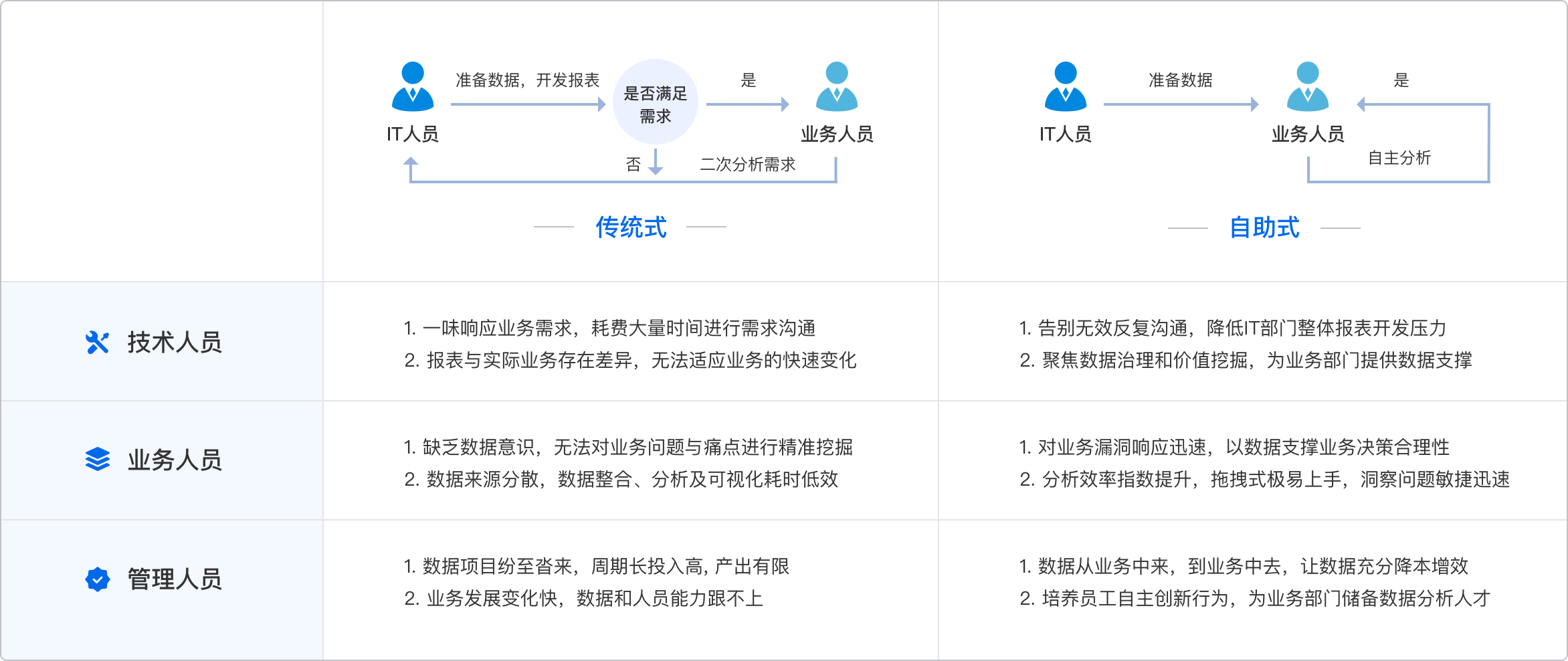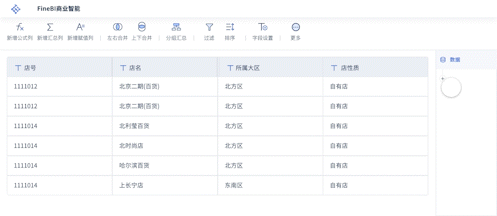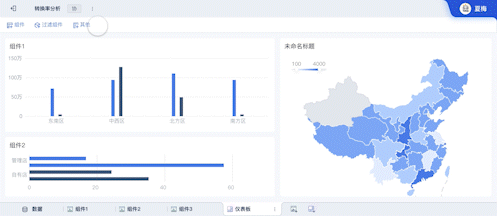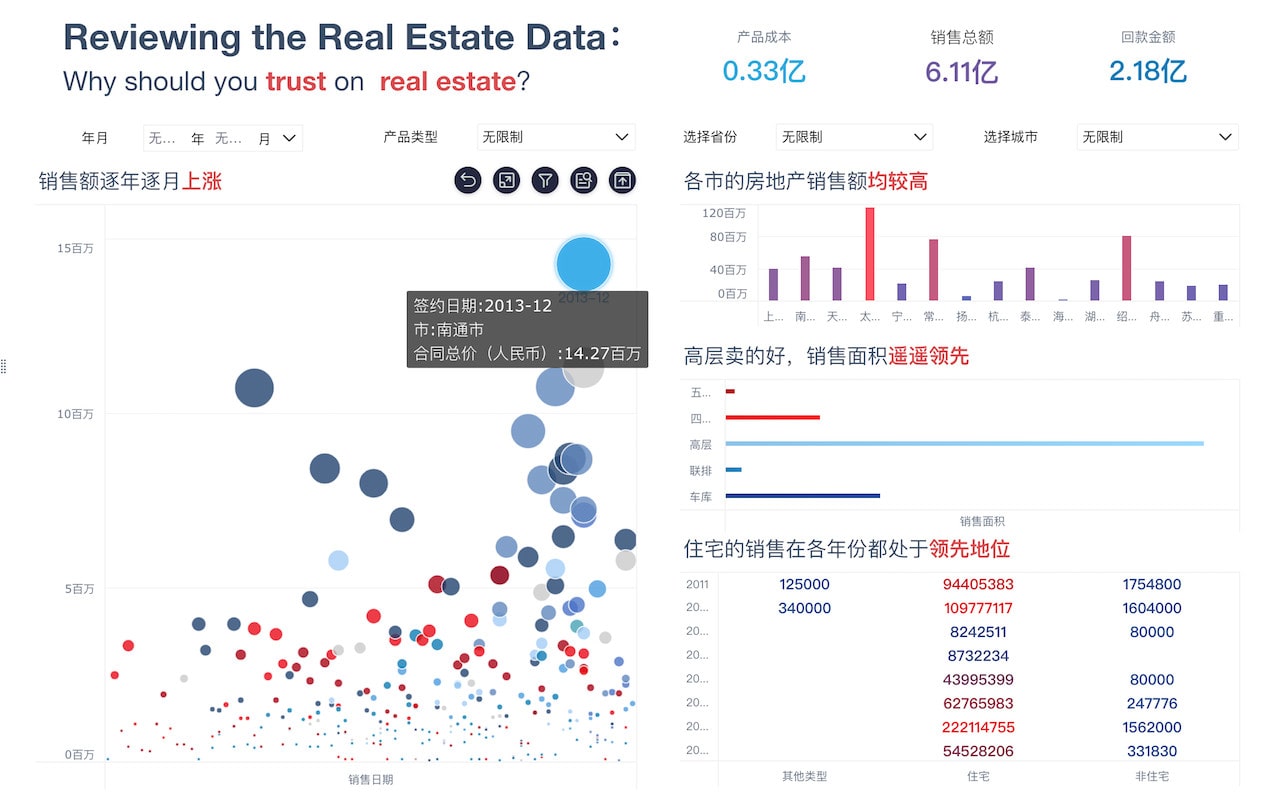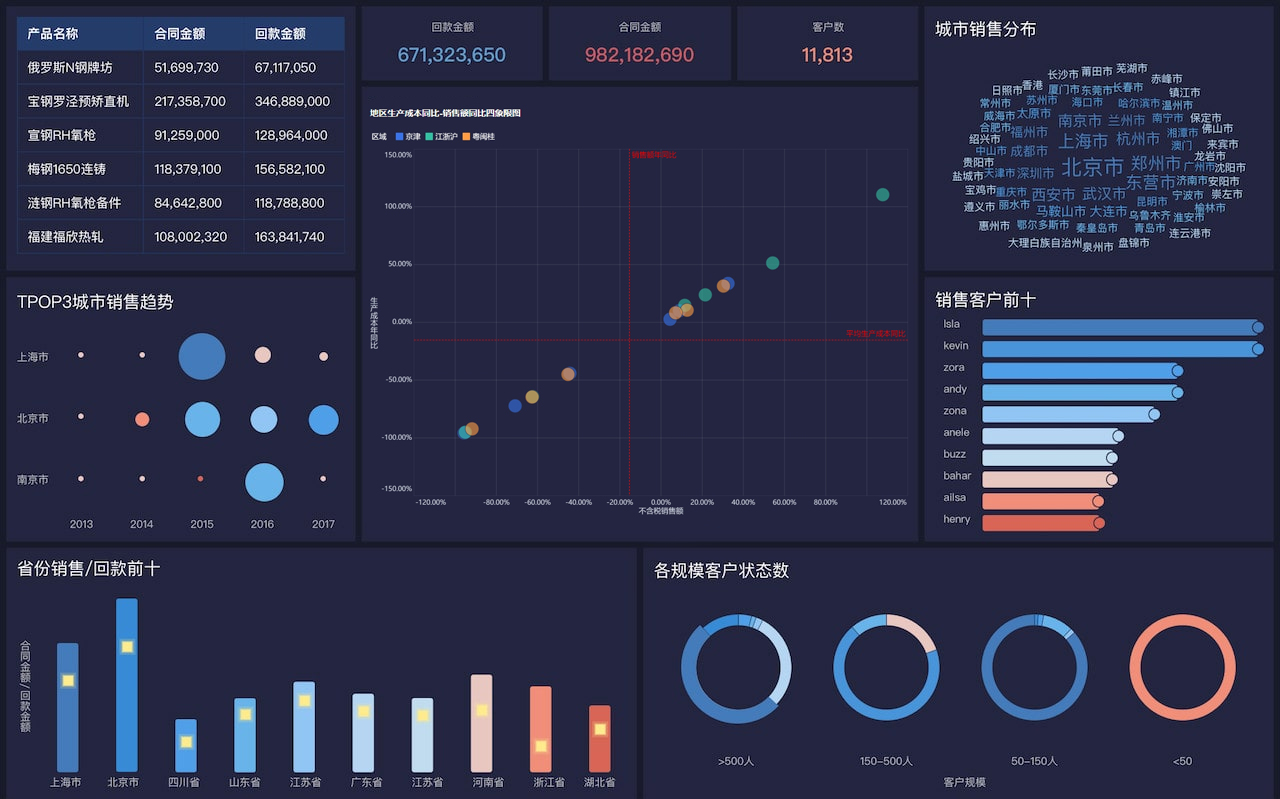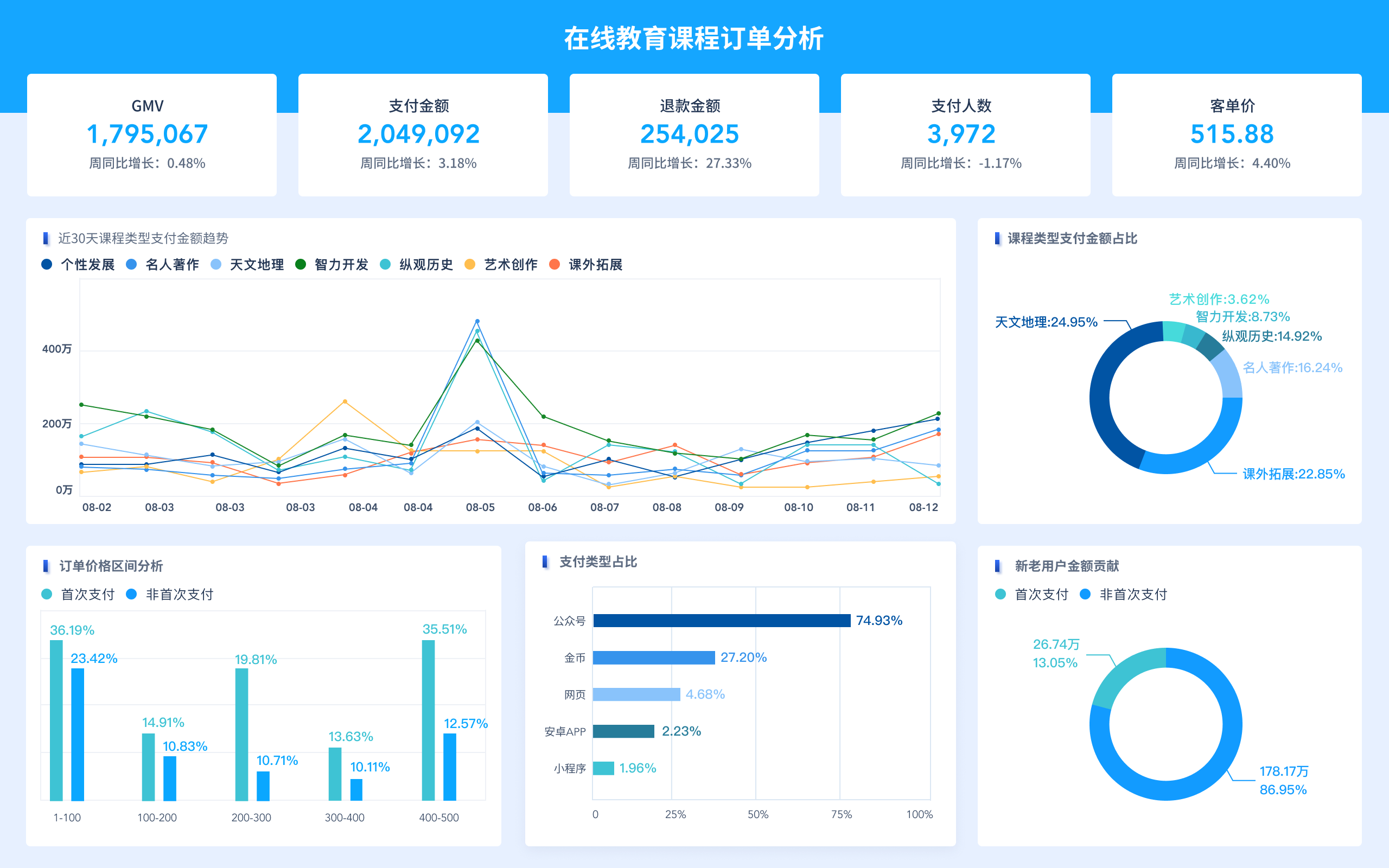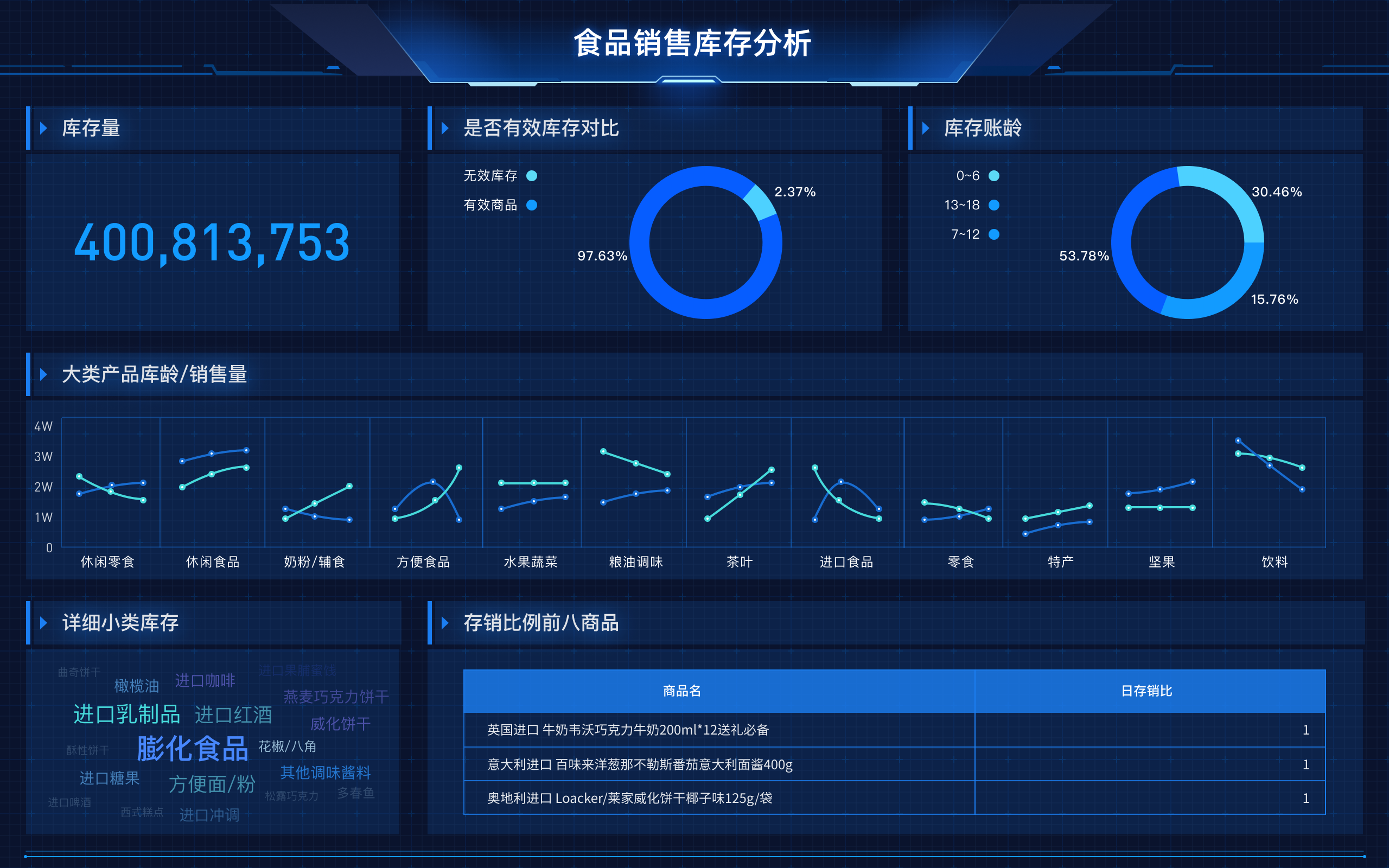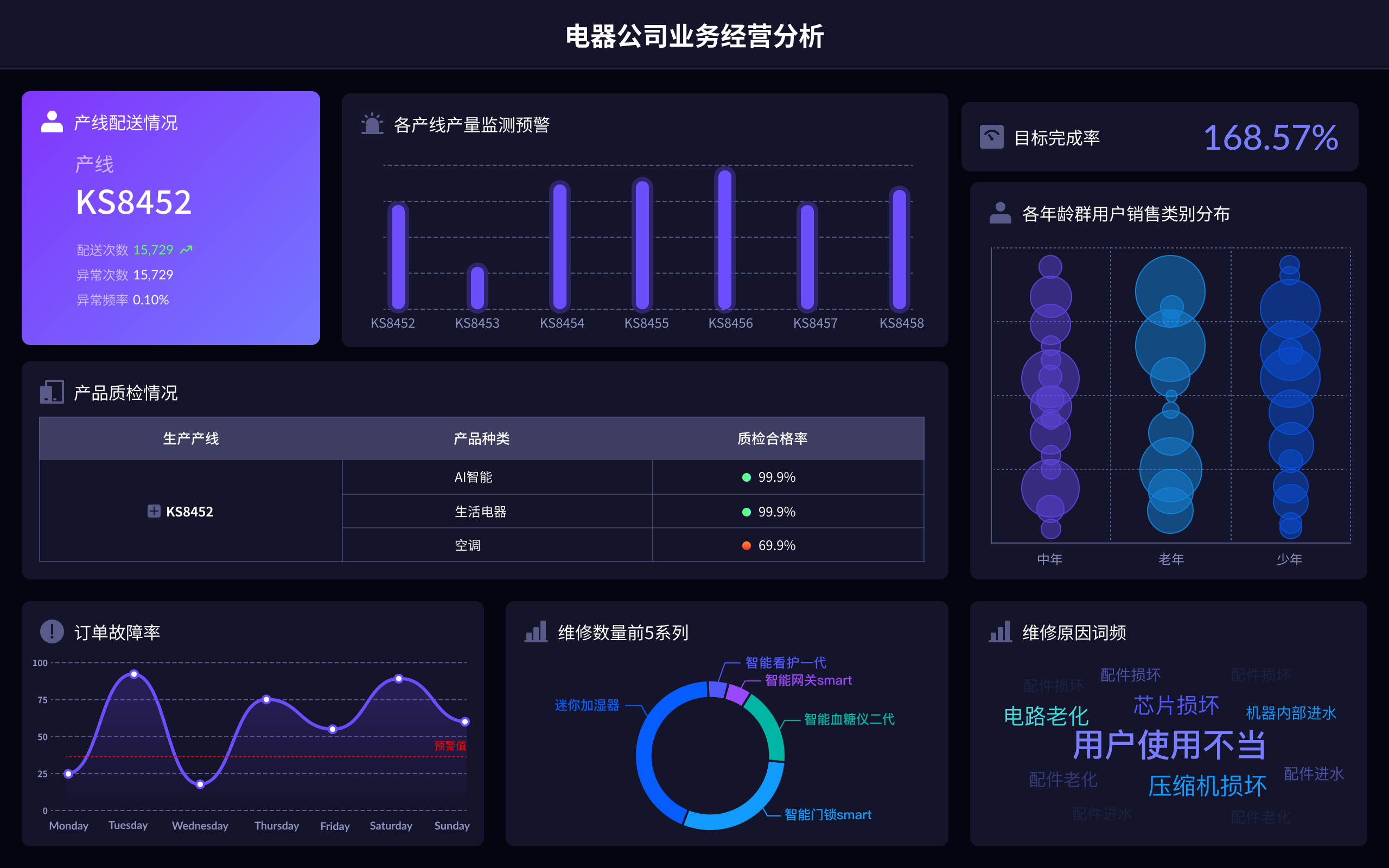
Data mining and analysis are the terms used in English to refer to 数据挖掘和分析。Data mining involves extracting patterns from large datasets, identifying correlations, and generating insights, while data analysis focuses on interpreting these patterns to make informed decisions, improve processes, and predict future trends. For example, in the retail industry, data mining can help identify purchasing patterns, while data analysis can be used to optimize inventory management and tailor marketing strategies to target specific customer segments more effectively.
一、DATA MINING DEFINED
Data mining is the process of discovering patterns and knowledge from large amounts of data. The data sources can include databases, data warehouses, the internet, and other data repositories. The goal is to extract information that was previously unknown and use it to make better decisions. Data mining techniques include clustering, classification, regression, and association rules. Clustering groups similar data points together, classification assigns items to predefined categories, regression predicts a numeric value, and association rules find relationships between variables. These techniques are often used in combination to uncover complex patterns and relationships in the data.
二、DATA ANALYSIS DEFINED
Data analysis is the process of inspecting, cleansing, transforming, and modeling data with the goal of discovering useful information, suggesting conclusions, and supporting decision-making. Unlike data mining, which focuses on discovering new patterns, data analysis emphasizes interpreting and understanding these patterns. Key methods in data analysis include descriptive statistics, inferential statistics, predictive analytics, and prescriptive analytics. Descriptive statistics summarize the main features of a dataset, inferential statistics make predictions or inferences about a population based on a sample, predictive analytics forecast future events based on historical data, and prescriptive analytics recommend actions based on data analysis.
三、APPLICATIONS OF DATA MINING
Data mining has a wide range of applications across various industries. In healthcare, data mining is used to predict patient outcomes, identify risk factors for diseases, and optimize treatment plans. For example, hospitals can analyze patient records to predict which patients are at high risk of readmission and take preventive measures. In finance, data mining helps detect fraudulent transactions, assess credit risk, and develop investment strategies. Retailers use data mining to understand customer behavior, optimize inventory, and personalize marketing campaigns. Telecommunications companies apply data mining to improve network performance, predict customer churn, and develop targeted offers. The possibilities are virtually endless, as data mining can be applied to any field where large amounts of data are available.
四、APPLICATIONS OF DATA ANALYSIS
Data analysis is critical in making data-driven decisions in many sectors. In business, data analysis helps companies understand market trends, measure performance, and improve operational efficiency. For instance, businesses can analyze sales data to identify the most profitable products and the most effective marketing channels. In education, data analysis can help improve student outcomes by identifying factors that contribute to success or failure. Governments use data analysis to develop policies, allocate resources, and monitor the effectiveness of programs. In sports, teams analyze performance data to develop strategies and improve player performance. The insights gained from data analysis are essential for making informed decisions and driving improvement.
五、TOOLS AND TECHNIQUES FOR DATA MINING
There are numerous tools and techniques available for data mining. Popular data mining tools include Apache Hadoop, RapidMiner, Weka, and SAS Enterprise Miner. Hadoop is an open-source framework that allows for the distributed processing of large datasets across clusters of computers. RapidMiner is a data science platform that provides an integrated environment for machine learning, data mining, text mining, and predictive analytics. Weka is a collection of machine learning algorithms for data mining tasks, and SAS Enterprise Miner is a comprehensive data mining tool that provides a range of techniques for data exploration, model building, and model deployment. Techniques used in data mining include machine learning algorithms, statistical methods, and database systems. Machine learning algorithms, such as decision trees, neural networks, and support vector machines, are used to build predictive models. Statistical methods, such as correlation analysis and regression, help identify relationships between variables. Database systems, such as SQL, are used to manage and query large datasets.
六、TOOLS AND TECHNIQUES FOR DATA ANALYSIS
Data analysis also involves a variety of tools and techniques. Common tools for data analysis include Microsoft Excel, R, Python, and Tableau. Excel is widely used for basic data analysis tasks, such as data cleaning, summarizing data, and creating charts. R is a programming language and software environment for statistical computing and graphics. Python is a high-level programming language that is popular for data analysis due to its simplicity and the availability of libraries such as Pandas, NumPy, and Matplotlib. Tableau is a data visualization tool that allows users to create interactive and shareable dashboards. Techniques used in data analysis include data cleaning, exploratory data analysis (EDA), and statistical modeling. Data cleaning involves removing or correcting errors in the data. EDA is used to summarize the main characteristics of the data and discover patterns. Statistical modeling involves fitting mathematical models to the data to make predictions or understand relationships.
七、CHALLENGES IN DATA MINING
Despite its potential, data mining faces several challenges. One of the main challenges is dealing with the vast amount of data available, which can be overwhelming and difficult to manage. Ensuring data quality is another challenge, as poor-quality data can lead to inaccurate results. Privacy and security concerns are also significant, as data mining often involves sensitive information. There is a need to balance the benefits of data mining with the need to protect individuals' privacy. Additionally, the complexity of data mining algorithms and the need for specialized skills can be a barrier to entry for some organizations. Interpreting the results of data mining can also be challenging, as it requires a deep understanding of the domain and the data. Finally, keeping up with the rapid pace of technological advancements and integrating new tools and techniques into existing workflows can be difficult.
八、CHALLENGES IN DATA ANALYSIS
Data analysis also presents its own set of challenges. One of the key challenges is ensuring the accuracy and reliability of the data, as inaccurate data can lead to incorrect conclusions. Data integration can be difficult, especially when dealing with data from multiple sources. Handling large datasets can also be challenging, as it requires significant computational resources and efficient algorithms. Privacy concerns are also relevant in data analysis, as sensitive information must be protected. Interpreting the results of data analysis requires a deep understanding of the data and the context in which it is used. Another challenge is communicating the results of data analysis to stakeholders in a clear and understandable way. Finally, there is a need for continuous learning and adaptation, as the field of data analysis is constantly evolving.
九、THE FUTURE OF DATA MINING
The future of data mining is promising, with several trends shaping its development. One of the key trends is the increasing use of artificial intelligence and machine learning to enhance data mining techniques. These technologies can help automate the data mining process and improve the accuracy of results. Another trend is the growing importance of big data, as the amount of data generated continues to increase exponentially. Organizations are investing in big data technologies to manage and analyze large datasets more effectively. The use of cloud computing is also on the rise, providing scalable and cost-effective solutions for data mining. Additionally, there is a growing emphasis on real-time data mining, which allows organizations to make decisions based on up-to-date information. Ethical considerations are also becoming more important, as organizations must navigate the challenges of data privacy and security. Finally, there is a trend towards more user-friendly data mining tools, making it easier for non-experts to access and benefit from data mining insights.
十、THE FUTURE OF DATA ANALYSIS
The future of data analysis is equally promising, with several key trends driving its evolution. One of the main trends is the increasing use of advanced analytics, such as predictive and prescriptive analytics, to gain deeper insights and make more informed decisions. These techniques use sophisticated algorithms and models to forecast future events and recommend actions. Another trend is the growing importance of data visualization, as visual representations of data can help communicate complex information more effectively. Tools like Tableau and Power BI are becoming more popular as they allow users to create interactive and shareable dashboards. The integration of artificial intelligence and machine learning into data analysis is also a significant trend, enabling more automated and accurate analysis. Additionally, there is a trend towards more collaborative data analysis, with tools that allow multiple users to work on the same dataset simultaneously. The use of natural language processing (NLP) is also on the rise, enabling users to interact with data using natural language queries. Finally, there is an increasing focus on data literacy, as organizations recognize the importance of having employees who are skilled in data analysis.
In conclusion, data mining and data analysis are essential processes for extracting valuable insights from large datasets. While they have distinct focuses, both play a crucial role in helping organizations make data-driven decisions. As technology continues to evolve, the tools and techniques used in data mining and data analysis will become more advanced, enabling even greater insights and efficiencies.
相关问答FAQs:
数据挖掘和分析在英文中通常被称为 "Data Mining and Analysis"。这个术语广泛应用于信息技术、统计学和商业分析等领域。数据挖掘指的是从大量数据中提取出有用信息的过程,而数据分析则是对这些数据进行深入研究和解释,以帮助做出更好的决策。
本文内容通过AI工具匹配关键字智能整合而成,仅供参考,帆软不对内容的真实、准确或完整作任何形式的承诺。具体产品功能请以帆软官方帮助文档为准,或联系您的对接销售进行咨询。如有其他问题,您可以通过联系blog@fanruan.com进行反馈,帆软收到您的反馈后将及时答复和处理。


